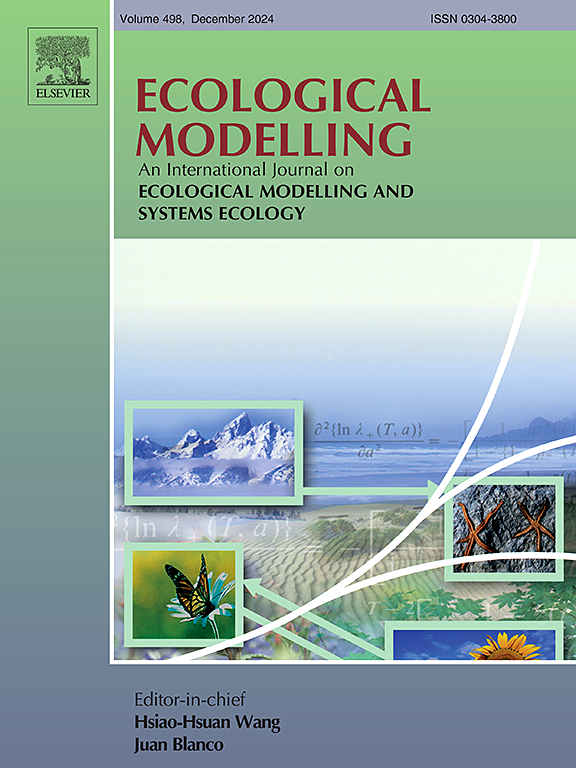Integrated SSP-RCP Scenarios for Modeling the Impacts of Climate Change and Land Use on Ecosystem Services in East Africa
IF 2.6
3区 环境科学与生态学
Q2 ECOLOGY
引用次数: 0
Abstract
Ecosystem Services (ES) link natural ecosystems to human well-being and are crucial for sustainable development amid climate and land use challenges. This study presents a novel framework that integrates the Future Land Use Simulation (FLUS) and Integrated Valuation and Trade-offs of ESs (InVEST) model, with the Multi-Model Ensemble (MME) derived from NEX-GDDP-CMIP6. This approach, the first of its kind in East Africa (EA), examined projected changes in water yield (WY), carbon storage (CS), and habitat quality (HQ) were assessed under SSP126, SSP245, and SSP585 scenarios for the 2041-2060 (2050s) and 2081-2100 (2090s) compared to the historical period (2000-2020). The findings revealed regional variability in precipitation, with an increase of 0.2 in certain areas during the 2050s and a projected temperature rise of 0.7, with significant warming expected by 2090 under the SSP585. The FLUS model exhibited high accuracy, with an overall accuracy of 0.95 and a Kappa coefficient of 0.93. Projections indicate a substantial reduction in barren land (35.7%) and forestland (24.63%), alongside an increase in cropland (24.92%) and urban areas (106.71%) by 2090. All scenarios showed reductions in ESs, with WY decreasing up to 31.36% under SSP126 and CS projected to decline by 6.38% under SSP585 by 2050. Whereas HQ is expected to fall by 5.37% under SSP585 by 2090. These highlight the growing pressures of climate and land use change on ES, offering critical insights for reconciling environmental preservation with socioeconomic development in the region.
求助全文
约1分钟内获得全文
求助全文
来源期刊

Ecological Modelling
环境科学-生态学
CiteScore
5.60
自引率
6.50%
发文量
259
审稿时长
69 days
期刊介绍:
The journal is concerned with the use of mathematical models and systems analysis for the description of ecological processes and for the sustainable management of resources. Human activity and well-being are dependent on and integrated with the functioning of ecosystems and the services they provide. We aim to understand these basic ecosystem functions using mathematical and conceptual modelling, systems analysis, thermodynamics, computer simulations, and ecological theory. This leads to a preference for process-based models embedded in theory with explicit causative agents as opposed to strictly statistical or correlative descriptions. These modelling methods can be applied to a wide spectrum of issues ranging from basic ecology to human ecology to socio-ecological systems. The journal welcomes research articles, short communications, review articles, letters to the editor, book reviews, and other communications. The journal also supports the activities of the [International Society of Ecological Modelling (ISEM)](http://www.isemna.org/).
 求助内容:
求助内容: 应助结果提醒方式:
应助结果提醒方式:


